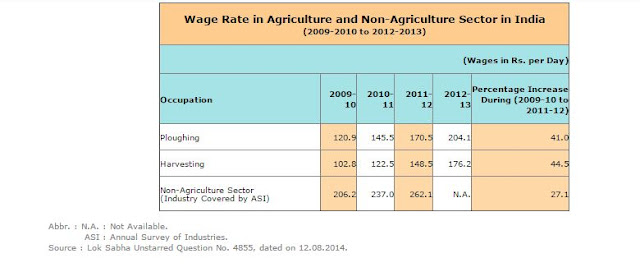Bihar Election 2020 part one
North India has given popular alliances. This Bihar election is also important as far as alliances are concerned. Mahagathbandhan is another such effort. What goes wrong for Mahagathbandhan, What goes wrong for Congress, Why exits polls were incorrect is being discussed everywhere. Apart from these highlighted part (i.e. caste equations, economic factors, etc), we will discuss the statistics, we will discuss some interesting points based on statistics. We will compare these statistics with previous elections. Lastly, we will discuss whether these alliances are helpful for fair representation, how Congress+ alliances can do better in the future.
In the previous election, left parties formed their own alliance. This time, left parties were part of the Mahagathabandhan (RJD+Congress+Left Parties). As far as the vote share is concerned, the vote share of parties forming Mahagathabandhan is increased. The vote share of Congress is also increased from 6.75% to 9.48%. The vote share of RJD is also increased from 18.29% to 23.11%. But seat share of these parties is reduced. On the other hand, the vote share of BJP is reduced from 24.34% to 19.46% but seat share is increased. This means votes received by Mahagathabandhan is divided/distributed between constituencies where NDA votes are concentrated within the constituencies. And that can be partially explained by the caste equations. The castes or identity-based groups are located in certain regions. And if one manages to attract these votes then even if less vote share is captured, seat share can be increased as one manages to capture the "bundles of votes". This decline in vote share for NDA does show the anti-incumbency but their votes are concentrated.
Data source: Election Commission of India
Data source: Election Commission of India. The author has calculated the gap based on data from the election commission of India.
The gap between winner and runner up is very low compared to the number of the voter who didn't vote. Now, one has to understand these people. These are apolitical people. Less likely to be pro-government people because those who support the government are more likely to take part in the election process. And these numbers are the main reason behind the failure of Mahagathanbandhan. These parties failed to attract these people.
Data source: The author has calculated the concentration index based on the vote share captured by the parties in a given constituency. The summation of the square vote share gives the concentration index (similar to HHI).
The concentration index suggests that not even a single constituency has witnessed a concentration of votes. And if the total number of voters (including those who didn't vote) is considered then the concentration is very less. And therefore encouraging these people can benefit parties to capture a large share of votes. And even help to capture 50%+ votes in a given constituency.
Data source: The author has calculated the disproportionality index based on the vote share and seat share captured by the parties. Gallagher Index is used to measure the disproportionality.
The disproportionality is decreased which is a good sign (This was expected since left parties have also joined the Mahagathabandhan. So the distance between seat share and vote share can be reduced as seats are allocated among the parties by both alliances). Under first-past-the-post (FPTP) having big alliances can help to reduce this disproportionality. And therefore this election was important. Although Mahagathabandhan has lost the election, such alliances should be there which can help to allocate the seats according to the votes captured by the parties.
I don't think Congress has failed to attract the voters. Congress does witness the increase in vote share but yes as far as seats are concerned, Congress has failed to capture the seats. Caste or identity politics, raise of parties like AIMIM, Bahujan Vikas Aghadi do hurt and will hurt the Mahagathabandhan. In every state identity politics, unfortunately, played an important role (But such politics has helped the backward class people to represent their voices in the house), AIMIM can hurt again. Now think in this way, who votes for these parties (parties like AIMIM or Bahujan Vikas Aghadi (in Maharashtra)). These parties have their traditional voters. Yes, they are trying to pull the new voters. In such a scenario, the voters who are not taking part in the election process (not voting) will play an important role. Now it depends on the parties (especially parties who are in opposition as these people who don't vote are more likely to be apolitical and less likely to be pro-government) how they manage to attract the apolitical (or neutral voters). Encouraging more participation is a solution for "bad" identity politics. Only these apolitical people can help Congress and partners to survive.





.jpeg)

टिप्पण्या
टिप्पणी पोस्ट करा